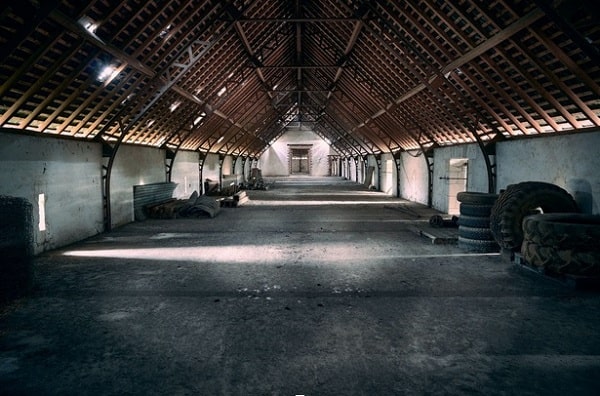2020 brought about two extremes in pandemic impact when it came to the commercial property sector. Hospitality, retail and office spaces turned into ghost towns, while healthcare, life sciences and industrial properties became more resilient than ever.
Experts are predicting that these patterns will continue long into 2021, with some sectors set for a speedy rebound as the vaccine rolls out further.
Vice chairman and CEO of HSA Commercial Real Estate, Robert Smietana, highlights that the most sizable change of 2020 was the robust development of distribution facilities and warehouses in response to the sudden explosion in e-commerce demand. “At the same time, office, retail and hospitality development hit a near standstill as office workers, shoppers and travelers stayed mostly at home because of the pandemic. Developers in these sectors will need to get creative to reinvent these spaces to match how we work shop and travel going forward.”
As commercial developments are further tailored to meet the challenges and opportunities of a post-pandemic world, here are some of the key trends impacting the sector in 2021.
Warehouses adapting to meet demand
According to the U.S. Census Bureau, an estimated $209.5 billion was spent online by U.S. consumers in the third quarter or 2019, a figure up 36.7% from the previous year. In response to this, logistics companies and retailers have not only been increasing their distribution space footprints, but many have also been shifting towards inventory models that avoid the product shortages that challenged their operations in 2020.
The pandemic seems to have accelerated the world’s adoption of e-commerce and direct-to-consumer shopping by as much as five years, and having now experienced that level of value and convenience, most won’t go back.
According to data published by eMarketer, online grocery sales are predicted to jump from $89.22 billion to $129.72 billion by the year 2023. With such a huge rise in the demand for same-day delivery services as well as increased online grocery orders, providers are also looking to temperature-controlled facilities and multiple smaller warehouses situated nearer urban cores. Bloomberg recently reported that Amazon alone has launched plans to open 1,000 smaller urban warehouses, some of which may utilise vacant retail space.

Prioritising sustainable and affordable constructions
In 2020, commercial developers began placing a greater emphasis on cost savings and sustainability than ever before, with an increase in the use of precast concrete systems and non-traditional building materials such as timber and modular steel. Contractors and architects are increasingly customising such materials to incorporate into higher-end developments, as well as utilising further technologies that streamline tasks and reduce material waste in construction.
Executive vice president of McHugh Construction, John Sheridan, says that traditional wood framing is still often a more affordable option than steel or concrete, despite the year’s rising timber prices. “Further, the code adjustments to allow expanded use of cross-laminated and heavy timber technology will allow buildings to achieve a new level of sustainability. As a highly renewable resource, wood supports the AEC industry’s goal of reaching net-zero carbon emissions by 2050.”
Moving into urban areas, warehousing facilities are also seeking to build up as opposed to out, as more and more multilevel distribution centers open up to cater to the same-day service demands in urban and suburban areas. The 2021 International Building Code (IBC) contains even more provisions for taller buildings to utilise mass timber constructions in the future.
Complimentary retail storefronts
Mall vacancies have been soaring since long before Covid-19, and renovation and reinvention is going to be key to bringing any meaningful use of shopping malls back to life.
Navigating such a constantly evolving landscape, retail centers have had to curate a mixture of uses, incorporating medical, residential, corporate offices and more to remain viable. There will always be a need for traditional bricks and mortar retail, but the nature of it will change. More and more e-commerce brands are recognising that using a physical storefront to facilitate meaningful customer interactions whilst fulfilling orders can be key to retaining their market share.
The rise of the autonomous machine
As the efficiency of warehouse equipment moves with the times, the next step in rising to the new demands of our time is to turn warehouses into technologically advanced management hubs, and this is where automated guided vehicles (AGVs) come in. Everything from forklifts, stackers, pallet trucks and even robots that carry inventory are revolutionising how warehouse work gets done. This efficiency boost can result in many multiplications for work output. These technological advancements are a worry for some, but for the foreseeable future, it’s clear that a human workforce is still very much needed. Humans won’t necessarily lose their jobs, but the nature of their jobs may change.
The pandemic forced an unavoidable adoption of new technologies and adaptations to the approach to warehousing and distribution that, whilst immensely challenging, will stand the industry in good stead for further optimising their operations for many years to come.





























